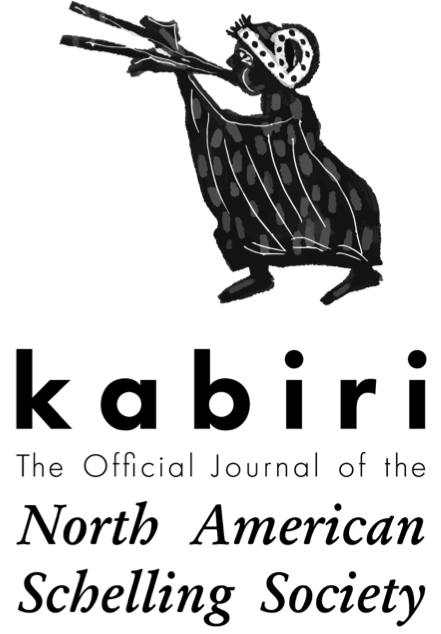To Break All Finite Spheres: Bliss, the Absolute I, and the End of the World in Schelling’s 1795 Metaphysics
Abstract
“The ultimate end goal of the finite I and the not-I, i.e., the end goal of the world,” writes Schelling in Of the I as Principle of Philosophy, “is its annihilation as a world, i.e., as the exemplification of finitude” (SW I: 200 1). In this paper, I will explicate this statement and its theoretical stakes in Schelling’s 1795 writings: Of the I and Philosophical Letters on Dogmatism and Criticism, written later in the same year. In these works, antagonism (Widerstreit), opposition (Gegensatz) and striving (Streben) are central characteristics of finitude. The finite world is here a world of negativity, alienation, separation. It is, as Schelling defines “the world” in the above quotation, a structure of subject opposed to object, “the finite I and the not-I” in their original division. Finding itself in the world, the I is faced with external reality as something other, yet to be known and appropriated something over and against which the I asserts itself. What the I finds in this external world of incessant change (Wandel) and transition, is an endless chain (Kette) of things and causes. Attempt as one may to find one way’s out by following this chain, one will never arrive at anything other than further things—always remaining within the sphere (Sphäre) of finite knowledge and existence (Daseyn).

